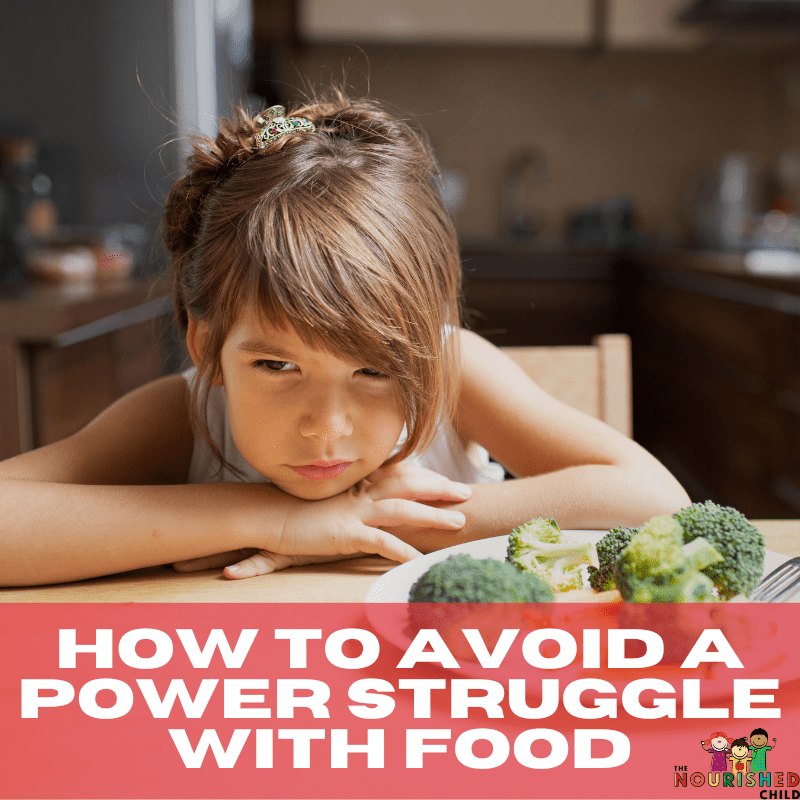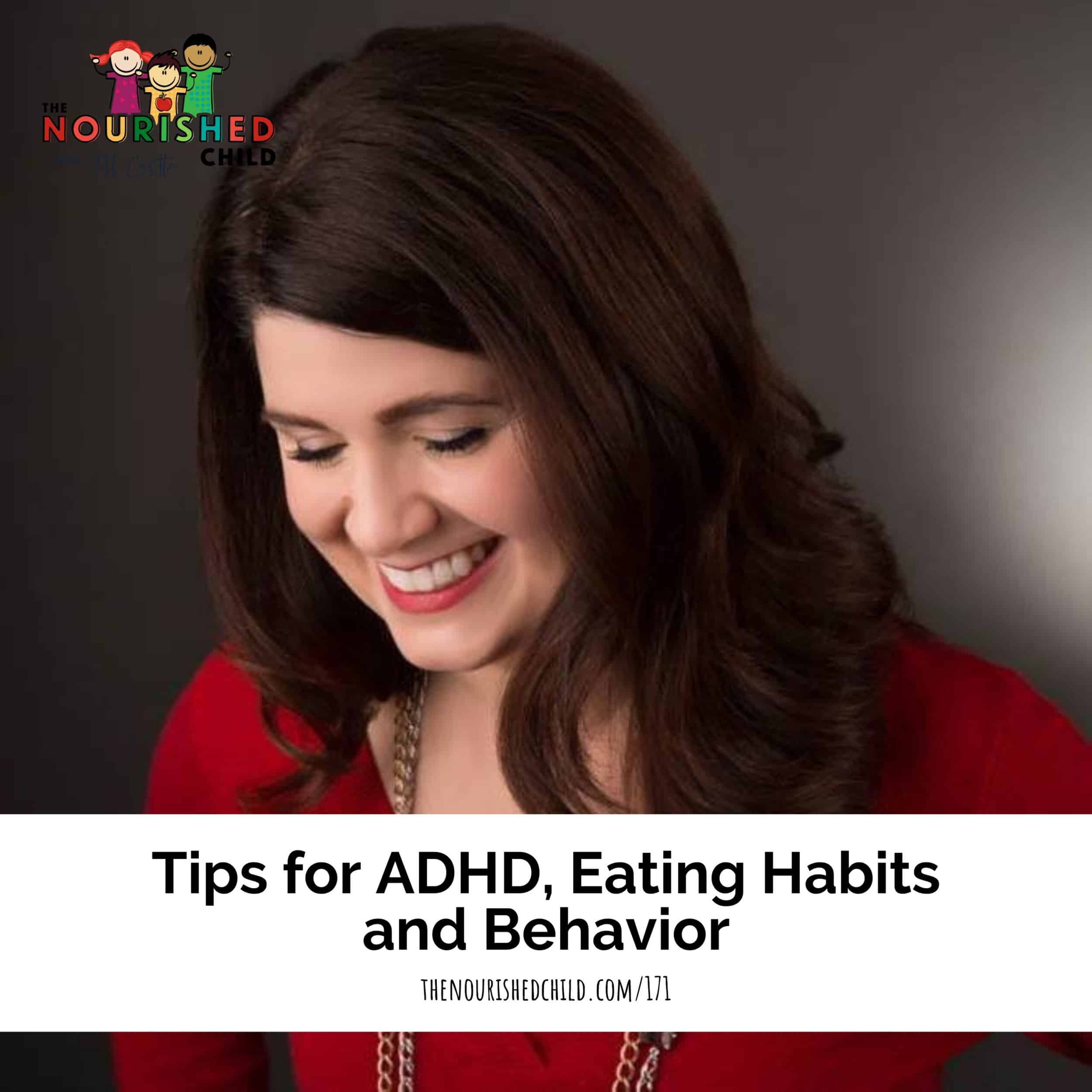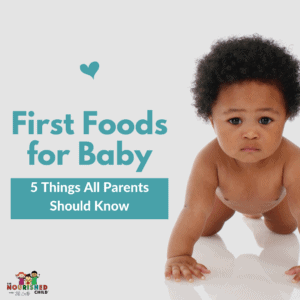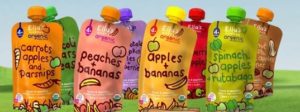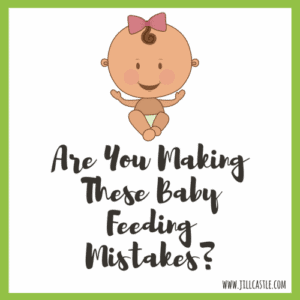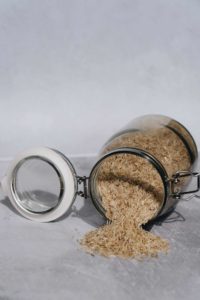Toxins in Baby Food: What Parents Can Do
September 23, 2022
Baby food is incredibly important to developing little bodies and minds. Learn which baby food brands are safest, and what you can do to minimize exposure to toxins in baby food.
Parents across America were stunned by the recent report about toxins in baby food. The Subcommittee on Economic and Consumer Policy Committee on Oversight and Reform (full report here) requested the seven largest baby food makers in the U.S. to submit internal documents and testing results of their baby foods.
Four companies (Happy Baby, Gerber, Earth’s Best and Beech-Nut) responded with the requested documentation and three companies refused to cooperate (Parent’s Choice, Sprout Organic, and Plum Organics).
Analyzed baby food was found to have significant levels of heavy metals, including arsenic, lead, mercury and cadmium.
As I read the report, I surprised to see the list of baby foods with high heavy metal levels, and I was disheartened that we have a baby food industry that lacks regulation.
As we nourish our precious little ones, nothing is more important than their safe consumption of first foods.
In this article, I’ll cover which heavy metals were found in baby food and what the implications are for baby, the types of baby food that contain heavy metals, the potential impact to baby, and what parents can do to mitigate the risk of heavy metal exposure.
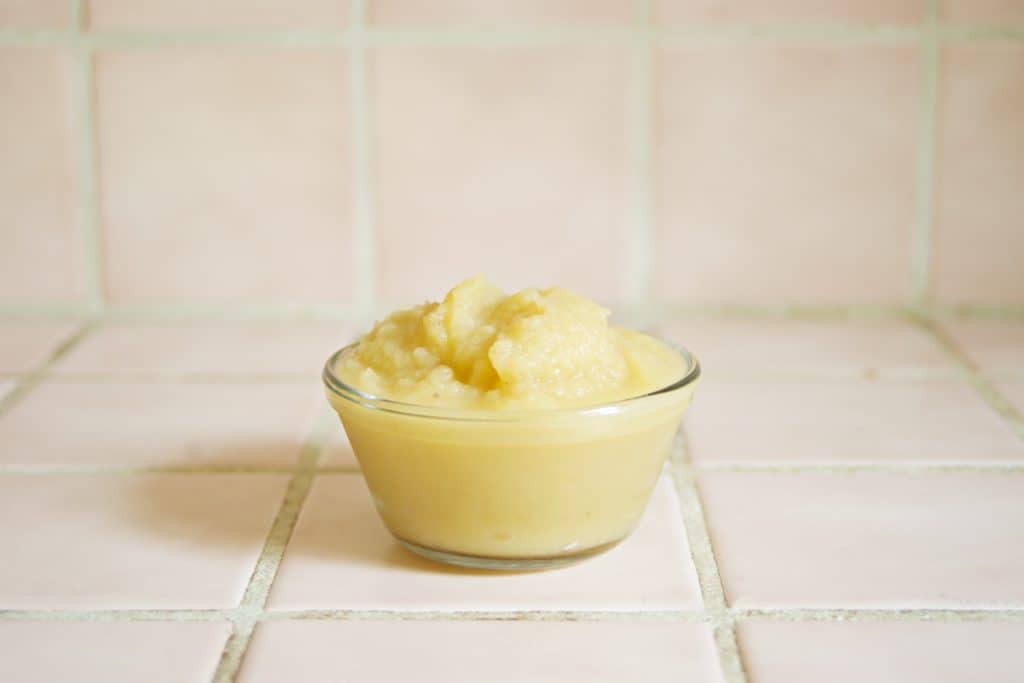
What are the Heavy Metals in Baby Food?
The report highlighted 4 main toxins in baby food. They were arsenic, lead, mercury and cadmium.
Babies are particularly sensitive to heavy metal exposure because their brains are growing and developing. According to FDA, “even low levels of harmful metals from individual food sources, can sometimes add up to a level of concern.”
Arsenic in Baby Food
Inorganic arsenic is present in baby rice cereal. This was something highlighted years ago by Consumer Reports and I wrote about it here.
Arsenic occurs in soil naturally and is especially absorbed in plants that grow in water, like rice.
Arsenic was found in all the baby foods reviewed in the report on heavy metals in baby food.
Lead
This is the second most impactful neurotoxin on the brain. We’ve known about the dangers of lead for children for years. Personally, I’ve lived in antique homes and lead paint was always a real concern for my children.
Pediatricians check for lead in young children during routine health checks.
Lead was present in all the baby foods reviewed in the report.
Mercury
If you’re a fish eater, you know the concerns around mercury exposure. The FDA has guidelines in place for children who eat fish so that exposure to mercury is minimized.
Of the companies who submitted their data, several didn’t routinely test for mercury. Of the companies that did test, mercury was present.
Cadmium
Cadmium gets into soil from the air and rain. Grains, leafy vegetables and root crops seem to collect the most cadmium, according to the Agency for Toxic Substances and Disease Registry.
Cadmium was present in all the baby foods evaluated in the report.
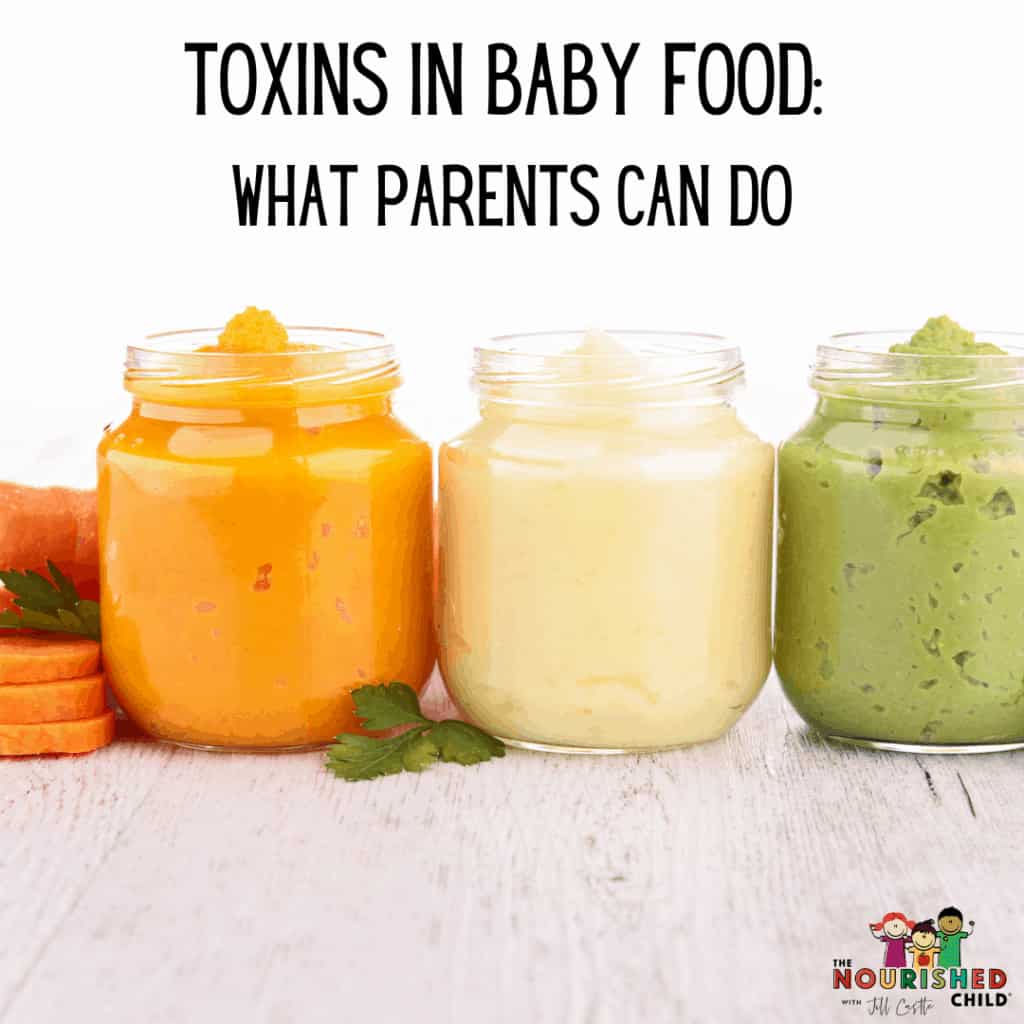
Which Types of Baby Food Contain Heavy Metals?
Products such as baby food in jars and pouches, infant formulas, infant cereals, baby snack foods like puffs and teething biscuits, and juices are all potential carriers of arsenic, lead, mercury and cadmium.
Grown in water-flooded conditions, rice is more receptive and apt to absorb arsenic into its roots. Because arsenic is present in soil, you can find trace levels of arsenic in fruits, and vegetables, too.
Another study by Healthy Babies, Bright Futures found that most of the 168 baby food products they tested in 2019 contained one or more heavy metals, and 25% of them contained all four heavy metals.
Rice, juice and sweet potato contained the highest level of contaminants.
Baby snack foods made with rice, like puffs, are also on the “watch” list. As for juice, Consumer Reports found high levels of all four heavy metals in half of the 45 popular juices they tested.
The Dangers to Baby’s Brain Development
Collectively, heavy metals can disturb the normal development of the infant brain.
Small amounts of inorganic arsenic can have a negative impact on brain development. The effect is most pronounced in intelligence quotient (IQ), and more specifically, in verbal language and memory.
Lead may also interfere with brain development, too. Too much exposure can cause learning disabilities, behavior problems, and lower IQ. These consequences appear to be permanent. Lead exposure has also been linked to the development of Attention Deficit Hyperactivity Disorder (ADHD).
Some research ties mercury exposure to autistic behaviors in preschoolers and cadmium exposure is associated with both lower IQ and development of ADHD.

Lack of Industry Standards and “Voluntary” Self-Monitoring
Currently, an upper limit for inorganic arsenic exists at 100 ppb (parts per billion) for infant rice cereal.
The other heavy metals are lacking limits and this is a problem for both consumers and manufacturers.
Some of the companies in the report set their own heavy metal limits and testing protocols. Unfortunately, the report indicated some companies are bringing baby food products to market even though they exceed their self-set limits.
Organic Does NOT Mean Heavy Metal-Free
Many parents feel that “organic” is a safe bet for their babies, but in this scenario, organic does not mean heavy metal free. Parents can count on organic baby food to be free of pesticides and synthetic fertilizers, but not heavy metals.
In the Committee report, both conventional and organic baby foods were found to contain toxins.
For parents who might be thinking about making homemade baby food, it’s important to note that even fresh fruits and vegetables (or frozen options) may contain trace amounts of heavy metals.
List of Baby Food with Heavy Metals
The following brands were found to have increased levels of arsenic, lead, mercury and cadmium:
- Happy Baby
- Gerber
- Beech Nut
- Earth’s Best
The following companies declined the request for information about their products. It’s unclear whether heavy metals are present, and in what amounts:
- Parent’s Choice
- Plum Organics
- Sprout Foods
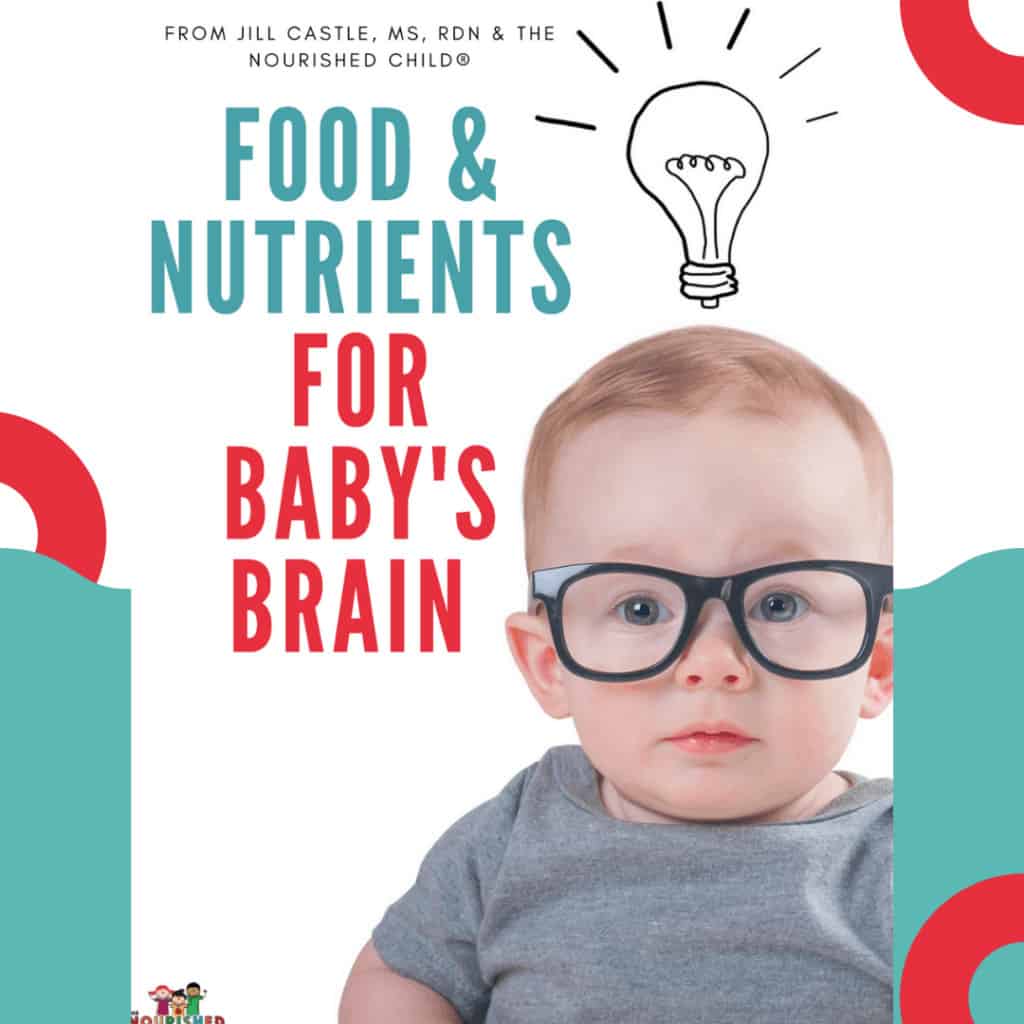
Get the Food & Nutrients for Baby’s Brain!
Finding the Safest Baby Food Without Heavy Metals
The Clean Label Project is a non-profit organization devoted to bringing transparency to food products. CLP tests baby food through a third party for heavy metals and other contaminants.
They’ve identified several baby food brands that meet their Clean Label Project Purity Award.
The Clean label Project Purity Award evaluates products for substances that wouldn’t be listed on a product label. These include chemicals of concern and industrial and environmental toxins and contaminants (like heavy metals, pesticide residues, and plasticizers) that have the long-term potential to adversely affect health and well-being.
Best Baby Food Brand
The safest and best baby food brands without heavy metals and that have the Clean Label Project Purity Award are:
- Once Upon a Farm
- Serenity Foods
- Cerebelly
- Fresh Bellies
- Tiny Human Food
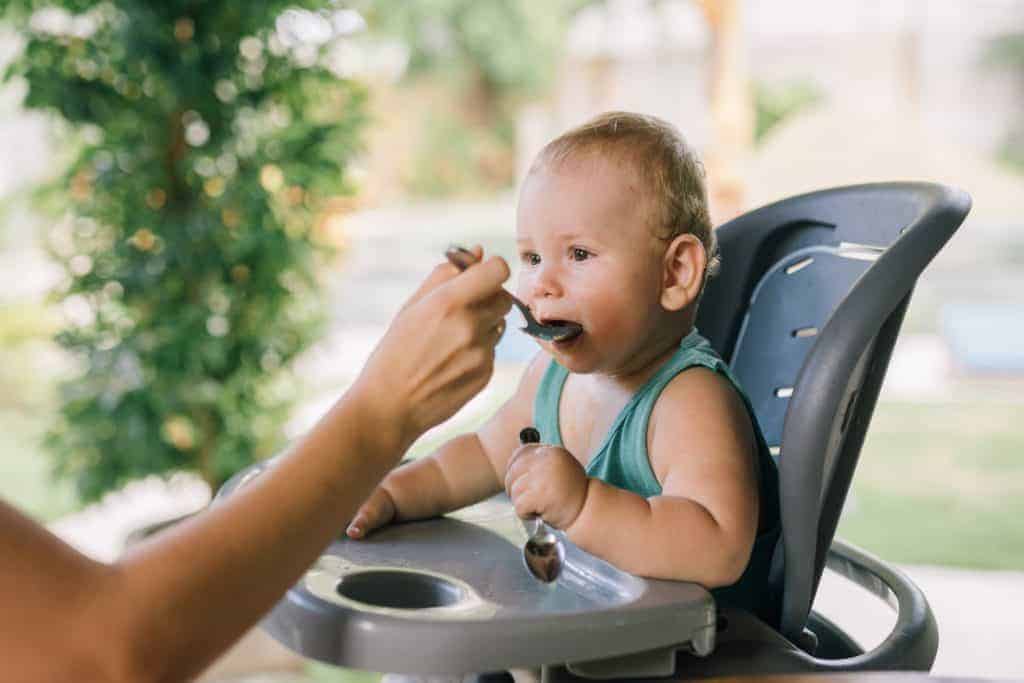
Keep Your Baby Safe during the Baby Food Recall 2021
I’ve already received several emails from concerned parents. Here’s some steps you can take to reduce the exposure to toxins in baby food:
1. Increase the Variety of Foods You Give to Baby
Food variety is your best defense against heavy metals.
Giving your baby a variety of different food groups and foods within the food groups accomplishes three important tasks:
- Introducing a wide range of flavors
- Giving the important nutrients your baby needs
- Naturally minimizing exposure to heavy metal toxins
Bottom line: Don’t give baby the same foods day after day. Keep rotating!
2. Substitute Rice-Based Baby Products
Steer clear of rice-based products as much as possible. Thankfully, there are lots of non-rice options in the baby food category.
Use iron-fortified baby oats, mixed grains or barley instead of rice cereal. Try quinoa or millet puffs instead of rice-based versions. Avoid rice milk and stick with infant formula or breast milk in the first year.
3. Use Water Instead of Juice
A limit of 4 ounces per day of 100% juice is already recommended for young children, so try to stick with that limit or go for water instead.
4. Don’t Get Stuck in the Baby Food Stage
Infants are on baby food for only a short period of time, about 3 months.
By 9 months, your baby should be moving forward with chopped table food, finger foods, self-feeding, and decreasing his reliance on baby food.
If you’re using the baby led weaning method, you won’t be using baby food at all, or very minimally.
5. Don’t Panic
Baby food today is safer than it was when I was a baby, and when my kids were babies.
Use your common sense and the feeding advice I’ve outlined in The Smart Mom’s Guide to Starting Solids to feed your baby a nutritious diet that will help him grow and develop optimally.
6. Advocate for More Industry Standards and Regulation
The lack of industry standards and regulations for baby food companies puts everyone in a difficult place, especially our babies and families.
We can change that. The following are areas of growth for both the FDA and baby food companies that I support:
- Create limits for heavy metals in baby food. (Hello FDA, I’m talking to you.)
- Test all baby food products in the infant category for heavy metals. (Ahem, baby food companies.)
- Make sure testing occurs at the end of manufacturing to accurately represent the levels of heavy metals.
- Provide transparent labeling on packaging and websites so parents may assess heavy metal content and make informed decisions for their babies.
Related to baby food contamination: The Baby Formula Shortage: What’s a Parent to Do?
Is Gerber Baby Food Safe?
The Gerber baby food brand was identified early on as one brand that was tainted with heavy metals, including lead, cadmium, arsenic and mercury.
The FDA has initiated a “Closer to Zero” program to gradually phase out heavy metals and toxins in baby food.
Is Natural Baby Food Better than Store Bought Baby Food?
Many parents may want to consider making a more natural baby food given the current situation with baby food.
It’s perfectly fine to make your own baby food. I’ve got guidelines for making homemade baby food and some cautions.
What other questions do you have about contaminants in baby food products?
You may also enjoy reading: Is Rice Cereal for Babies Safe?
Need More Nutrition Help?
Check out our on demand library, books and podcast! And be sure to review my Ultimate Guide to Baby’s Nutrition in the First Year!
This post has been updated to include FAQ and an FDA status update on baby food contamination in September 2022.

